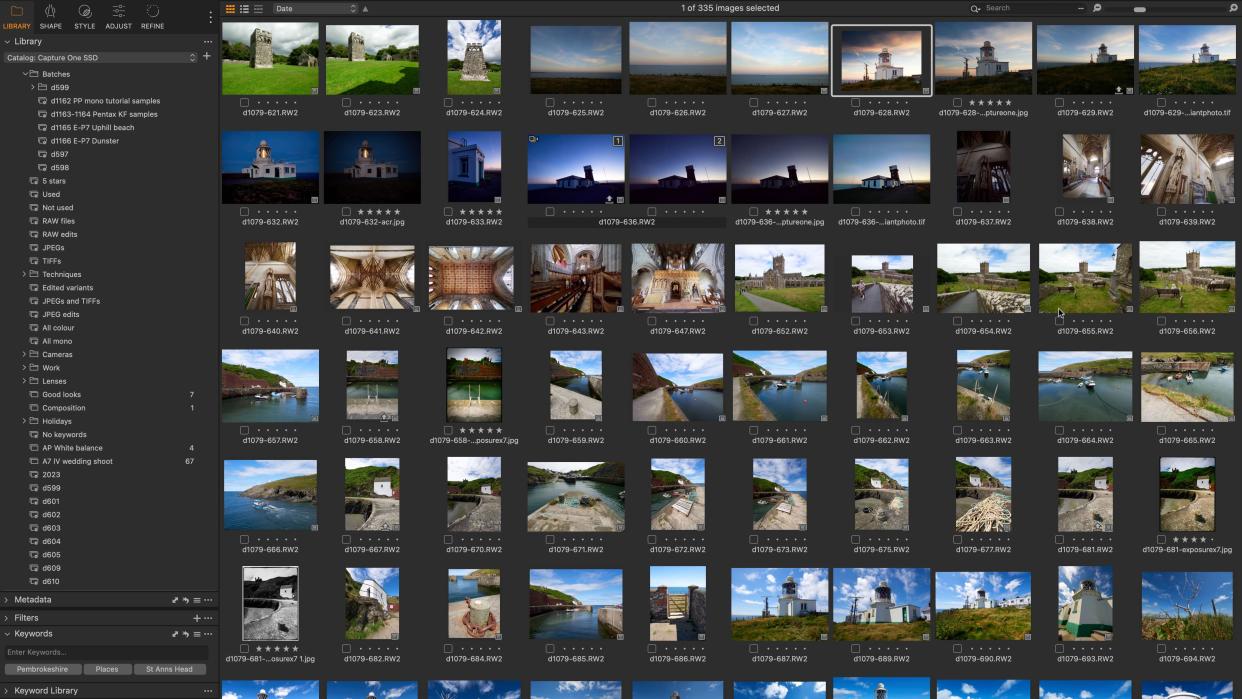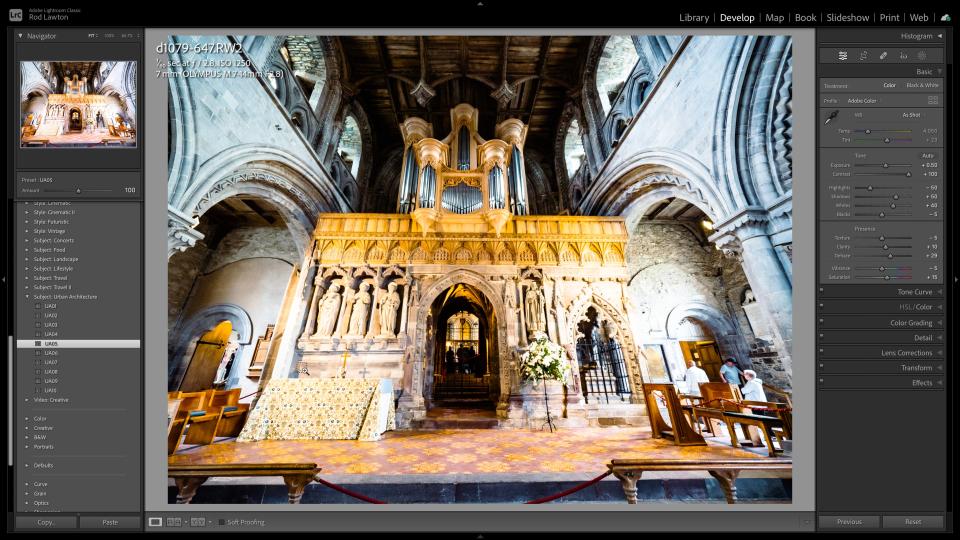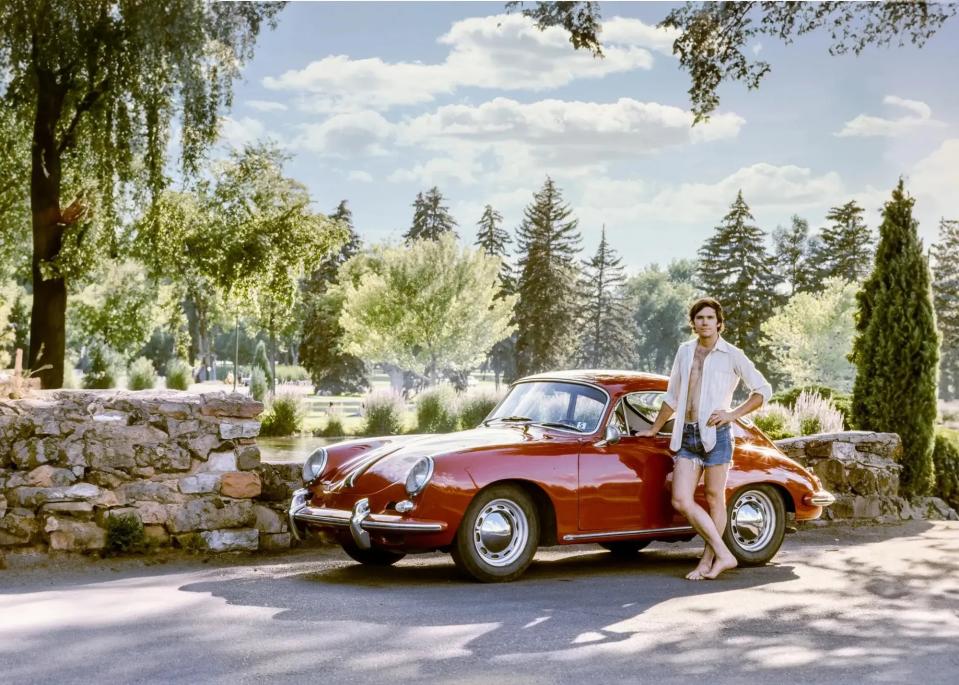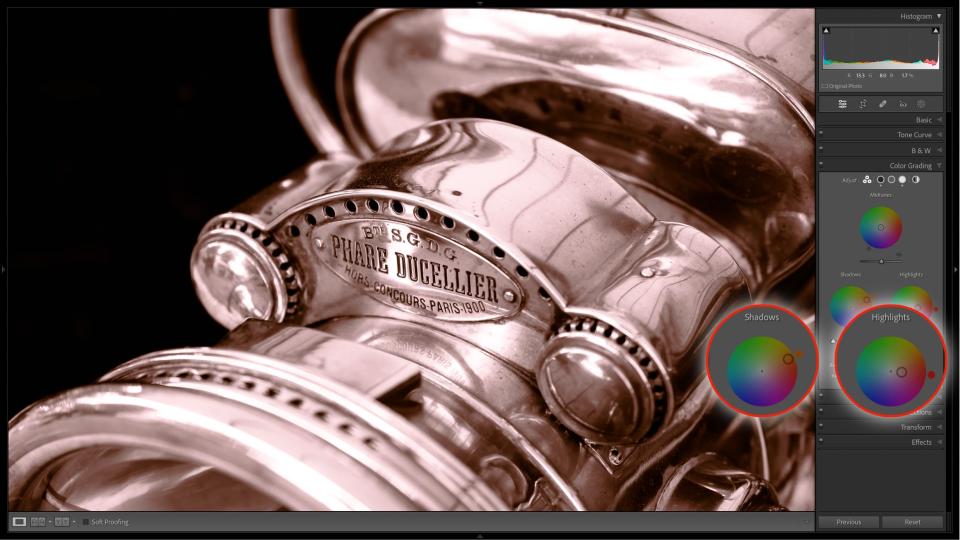We photographers keep digging ourselves deeper into a hole with non-destructive editing

Non-destructive editing is just like the most perfect thing ever, right? It means that you can undo and redo every edit you made to your photos, long after you’ve closed the file. It means it doesn’t matter what order you carry out your edits since they all work in parallel, and you can even make ‘virtual’ copies of the same photo to try out different edits, without creating duplicate image files.
Some of the best photo editing software is non-destructive, and we even regard that as a positive. Which, in the short term, it is.
Adobe Lightroom is the champion of non-destructive editing, but other programs offer it too, such as Capture One, DxO PhotoLab and ON1 Photo RAW. This is the ‘new’ way of editing photos. Everything is undoable and re-doable, and you can work on raw files alongside JPEGs and TIFFs completely seamlessly, with no separate initial raw processing phase.
It’s such a change from the old days. Programs like Photoshop and Affinity Photo offer non-destructive editing in their own way, but as a kind of half way house where not every action can be re-edited and where it does make a difference what order you do them in.
We still need programs like Photoshop and Affinity Photo for more advanced effects, compositing and layered illustrations, but increasingly a non-destructive tool like Lightroom does most if not all of the things that photographers need.
So what’s the problem?

Why non-destructive editing is a long-term liability
If you want to use the unique tools and features in Adobe Photoshop or Affinity Photo, you need to save images in their bespoke file formats. It’s the same with non-destructive editors like Lightroom, but a lot less obvious.
Lightroom, Capture One, DxO PhotoLab and other non-destructive programs never modify the original image. That is a big plus point. But your edits still have to be stored somewhere, and this will either be in ‘sidecar’ metadata files alongside the image or in a central catalog database.
There’s always the chance that your original images and their processing metadata may get separated, in which case all your edits will be lost. If you lose your Lightroom catalog, that could be tens of thousands of edits. But that’s just a remote possibility. There’s a bigger issue.
This processing metadata is unique to each application. Adobe Camera Raw and Lightroom can understand the same processing instructions, but that’s because they use the same tools. No other program will be able to apply the same edits. Adjustments you make in Capture One will be invisible/unreadable to DxO PhotoLab and edits you make in PhotoLab won’t be visible to Lightroom.

Just as Photoshop and Affinity Photo use bespoke file formats, non-destructive editors use bespoke processing metadata to store your edits, whether it’s as sidecar files or in a catalog.
If you need to share an edited image you can simply export it as a processed JPEG or TIFF file, of course – no problem there. But unless you do that with every image (that would be SO time consuming and wasteful) the reality is that we just keep on accumulating edits and adjustments – many of which we’ve taken a good deal of time over – that are locked into a specific application or image catalog. Our non-destructive edits don’t exist as actual images, but purely as virtual renderings in a particular application.
The longer this goes on, the deeper the hole. How do you stop using Lightroom, for example, if you’ve got ten thousand edited images in your catalog? Or twenty thousand, or thirty thousand? You either export them as generic processed image files that other software can work with (how many Gigabytes will THAT be?) or you just sigh, shrug and carry on digging.

So what’s the answer?
Yes, well, perhaps there isn’t one. Non-destructive editing is just so darned convenient that we would probably all prefer to carry on with it even if we realize we’re digging a big hole for ourselves.
All I can offer is this. Stop trying to keep your options open indefinitely. That’s the seductive danger of non-destructive editing. It stops us ‘finishing’ anything. If you carry out a series of edits you’re satisfied with, my suggestion would be to export them as JPEGs and TIFFs and draw a line under that job. You can remove your Lightroom edits or leave them, but at least all your valuable editing work now exists outside of Lightroom.
Photography isn’t just about choice. We’re surrounded by choice, often paralysed by it. Photography is also about decisions, and the danger of non-destructive editing is that we postpone those creative decisions indefinitely or leave our images floating in some kind of unfinished limbo state.

